Big Scary Noises
Running for cover or ripping things up
Noise sensitivities of any level can be a nuisance for us but more importantly can be life changing for your dog. There are no quick fixes or tricks of the trade to deal with noise-based issues but that doesn't mean you can't get started on helping your dog with their sensitivities. This is the first in a series of articles on noises, fears and phobias and what we can do to help your dog through them.
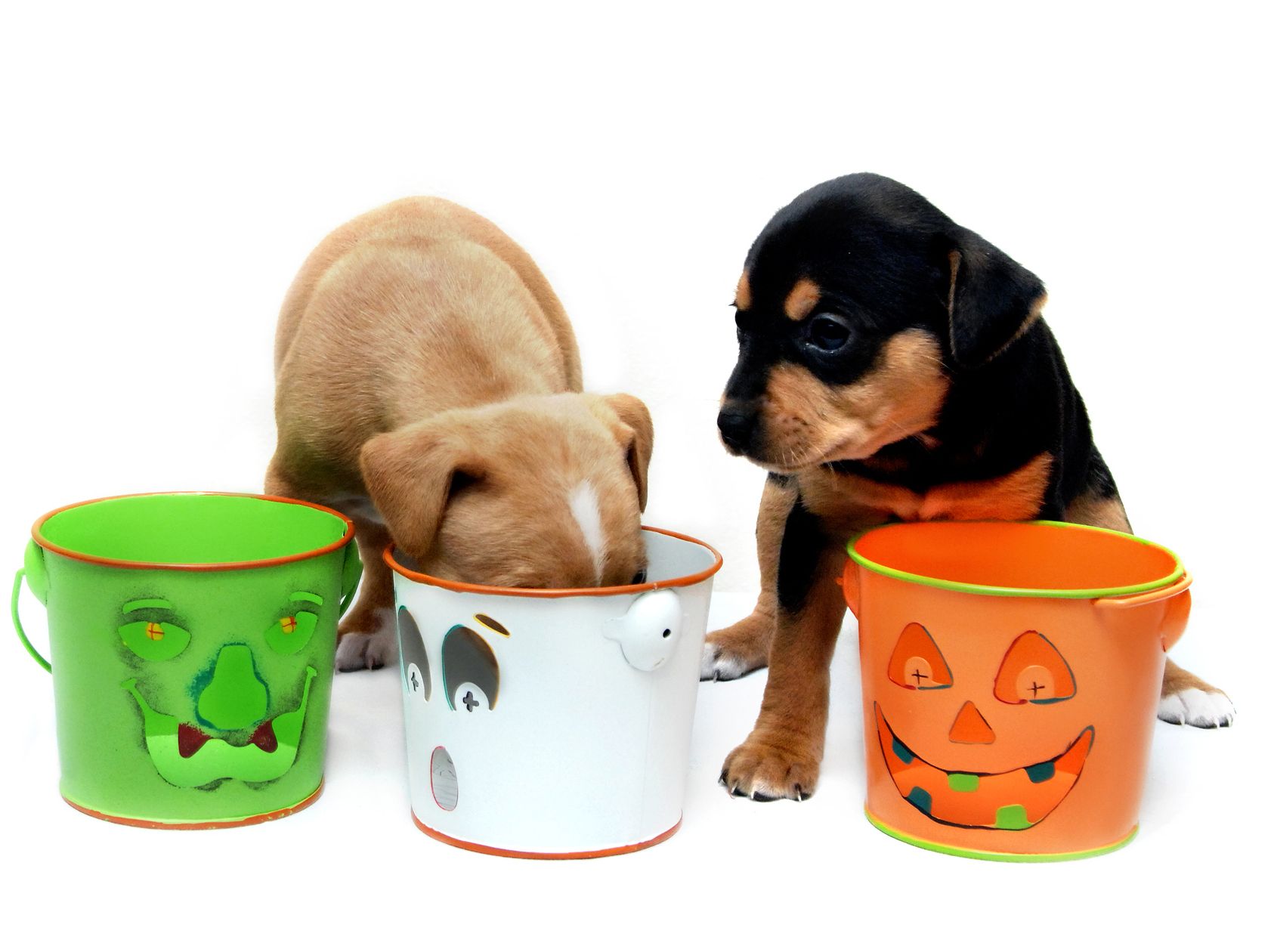
What are noise sensitivities?
For any dog who has issues with noises, they can be categorised into one (or many) of three issues:
1. Fear of noises
2. Phobia of noises
3. Learned reaction to noises
Whether we agree with the dogs or not with regard to their responses is irrelevant unfortunately, their reactions are there because of an emotional response, not a logical one. Just as we can't tell a person to 'just get over' their fear of spiders, for example, we can't just train a dog to 'just get over' the fear of noises. While some training techniques may manage to make it appear that way, often they end up merely muffling the emotional response which is then very likely to explode out in another way later on causing a bigger issue to sort out.
Regardless of the underlying cause of the reactions, I strongly urge you to speak to an accredited trainer or behaviourist as it can get quite complex and the last thing you want is to end up with more issues to solve later on.
What's going on?
If your dog is fearful of noises, whatever they may be, then they are experiencing a fight-flight-freeze response to a noise. This doesn't even have to be a loud noise, for some dogs it can be something mundane such as the sizzle of a frying pan. It is an innate response to a perceived threat, essentially it is an emotional response and emotion will typically win out over logic. When dealing with a fear response, we need to change the emotion towards the scary noise(s).
If your dog has noise phobias then they have an irrationally large response to a triggering noise. This doesn't mean that they are merely barking excessively at a noise that you feel isn't a big deal, rather we tend to get behaviours such as avoiding going into certain rooms, refusing to go on walks, refusing to go certain places, and in some severe cases we can have a dog redirect their fear and frustration out on things or people in the vicinity if they either hear the noise or predict that they will hear the noise. This can cause damage to people, other dogs, other animals, property or the dog themselves if they start hurting themselves.
Many dogs have learned responses to noises. In these cases there is a level of prediction to a trigger. It often starts off with going bonkers at the sound of the doorbell because hearing it predicts that everyone gets very flustered, the dog gets ushered into another room and then they run to the door to see who it is. Other times the sound of a car door banging outside predicts that 9/10 times that means there are people walking by out the window and sometimes even coming to the door. There is very clear cause and effect.
Start with the customer – find out what they want and give it to them.
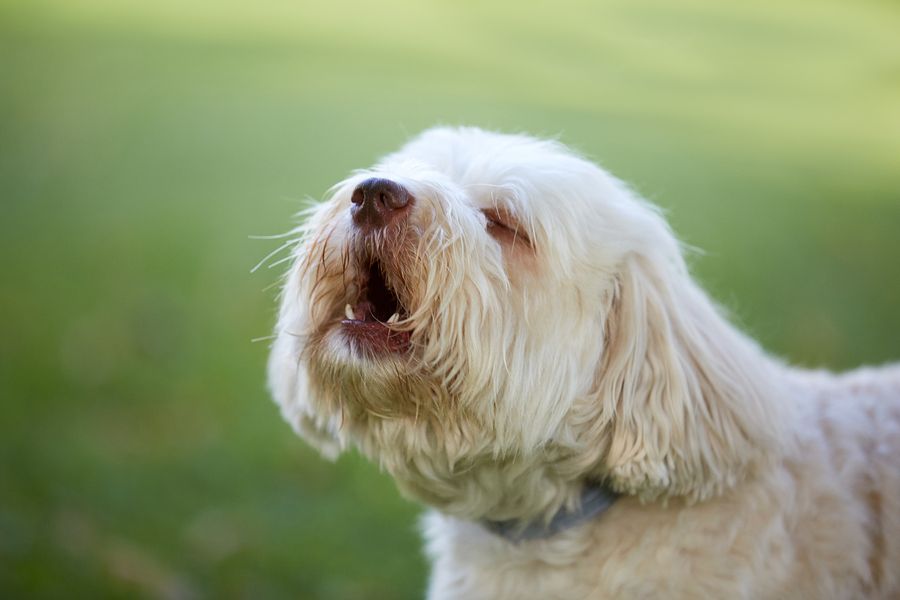
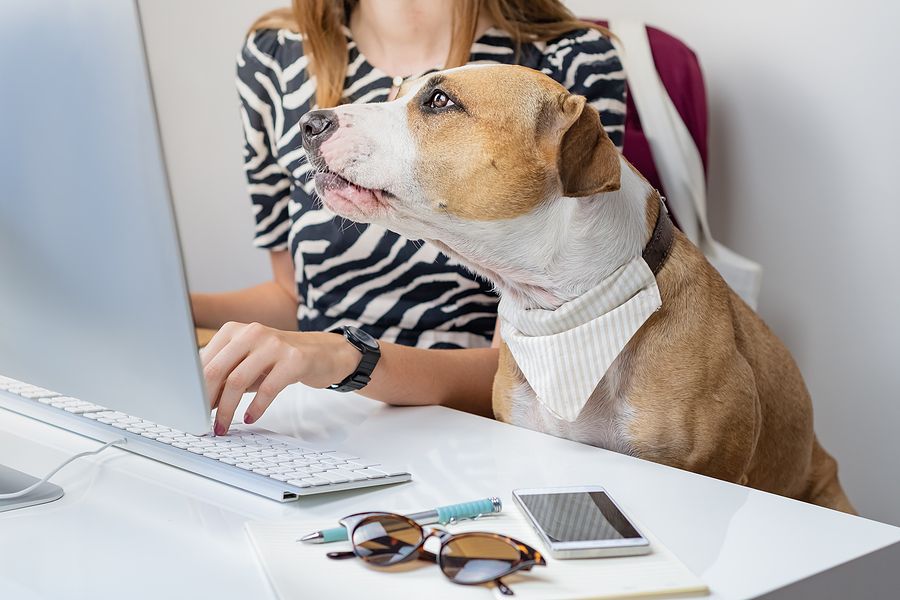
So what do we do about it?
As mentioned above, please do get in touch with an accredited trainer or behaviourist to help you. This is because there can be a lot to unpack even in the most seemingly clear cut cases. The last thing we want to do is head off down a path that is not suitable for you and your dog, wasting time and costing money. I will have a separate article on choosing trainers or behaviourists.
In the meantime you will have to do some management. That is, setting up your dog's world so that they don't have to be exposed to or manage alone the thing they are worried about. This can be, often, easier said than done so it can help to work with your trainer on strategies that can be tweaked for your specific circumstance but the below are what you should get started on.
1. Don't leave your dog alone if expecting noise
A lot of the time we cannot prevent the noises that are worrying your dog, particularly if they are from passing loud vehicles such as farm machinery or trains. Some dogs can also be quite scared of more mundane noises such as vacuums and the sound of their crate on a tiled floor. For any case where you cannot prevent them from being exposed to the noise then you will need to set them up so that they are never left alone with that noise. This may mean a rethink of their day to day. Maybe if you are at work, they go to doggy daycare a couple of days a week and for the rest of the week they spend time with friends or family away from the chance of those noises. Preventing repetition of the emotional responses is key to getting better.
This is one of the hardest things for most people. We all have very busy lives and have less and less access to friends or family who can help out with these things.
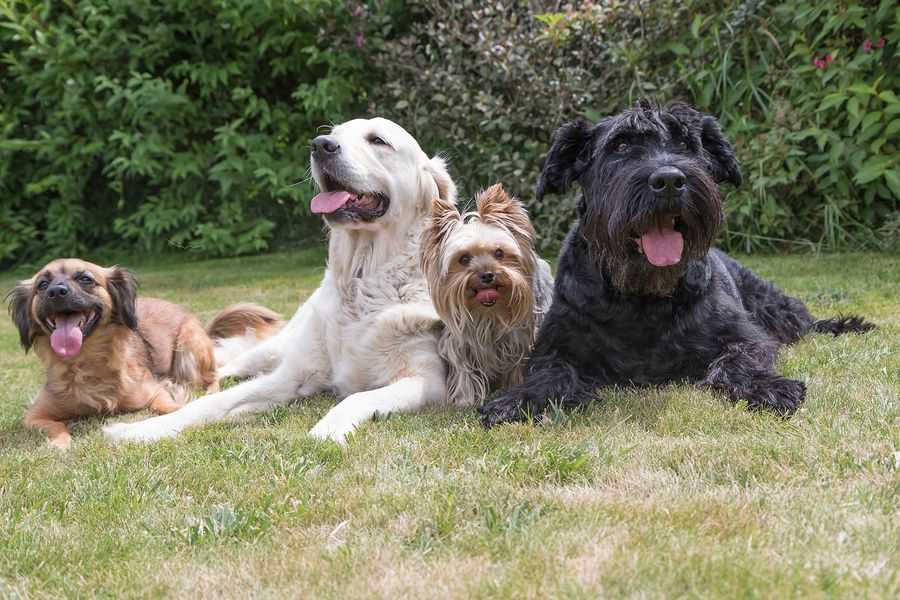
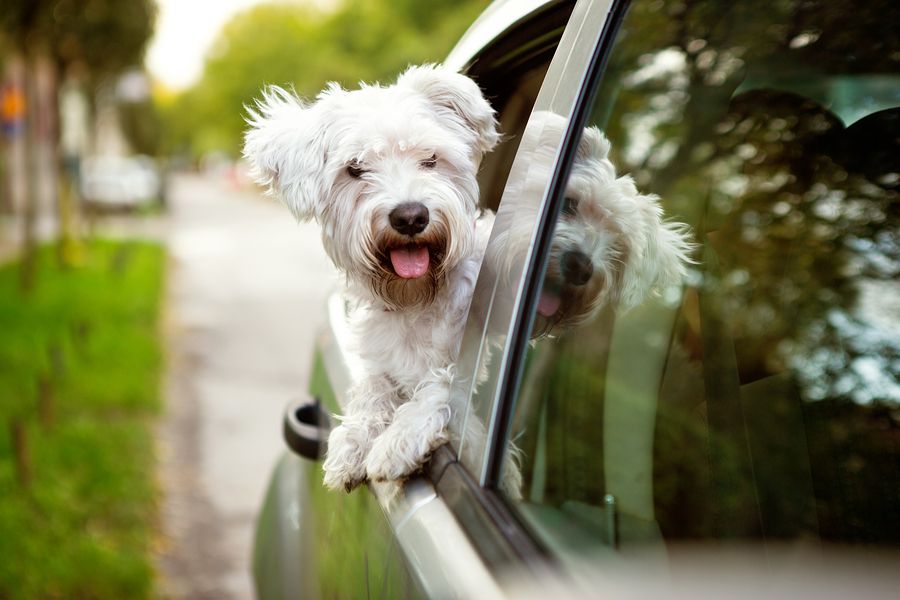
2. Cancel out noise, don't try drown it out
Lots of articles and advice will say to put on music in the background for dogs who react to noises. Unfortunately without talking a bit more about it, often then people will put on the radio very loudly so that the scary noises can't be heard over the din. Just like for us, this excessively loud noise can be just as stressful as the noises they are scared of. It can be difficult to think or even to tolerate any stresses with that level of noise.
Instead, look for white noise generators or sounds that mimic white noise due to the large number of frequencies in the sound. Particularly good ones are radio/tv static, rain fall, water fall noises or just running water noises. These all have a large number of different frequencies in them which are then more likely to be able to cancel out rather than drown out scary noises. They are not perfect but are certainly better suited to help us out. Just watch out for some playlists that are generated on smart speakers can automatically move on from just rain fall noises to thunder storms. We don't want to risk adding other potentially scary noises to the story.
3. Create easy access to bolt holes
Bolt holes and safe havens are two different things. A safe haven is somewhere your dog chooses to go when they feel happy and content and just enjoy being there. A bolt hole on the other hand is a space they go to to get away from something scary. Typically these will be small, tight spaces where most of their body touches a side/wall, where nothing can get behind them and they can see out towards the world. Some dogs like a small space under the stairs, under a chair or bed, or even behind some furniture. My own dog has his bicycle trailer in the sitting room and goes into it when his osteoarthritis flares up. Wherever your dog chooses to go in these stressful times, make that their bolt hole. Once it is defined, then line it with things that minimise the sounds such as pillows and duvets. Make it very comfy but always make sure there is plenty of air flow and they are safe in there. If a dog goes to their bolt hole, leave them there, do not try to persuade them out, let them come out when they are ready. It is their safe place.
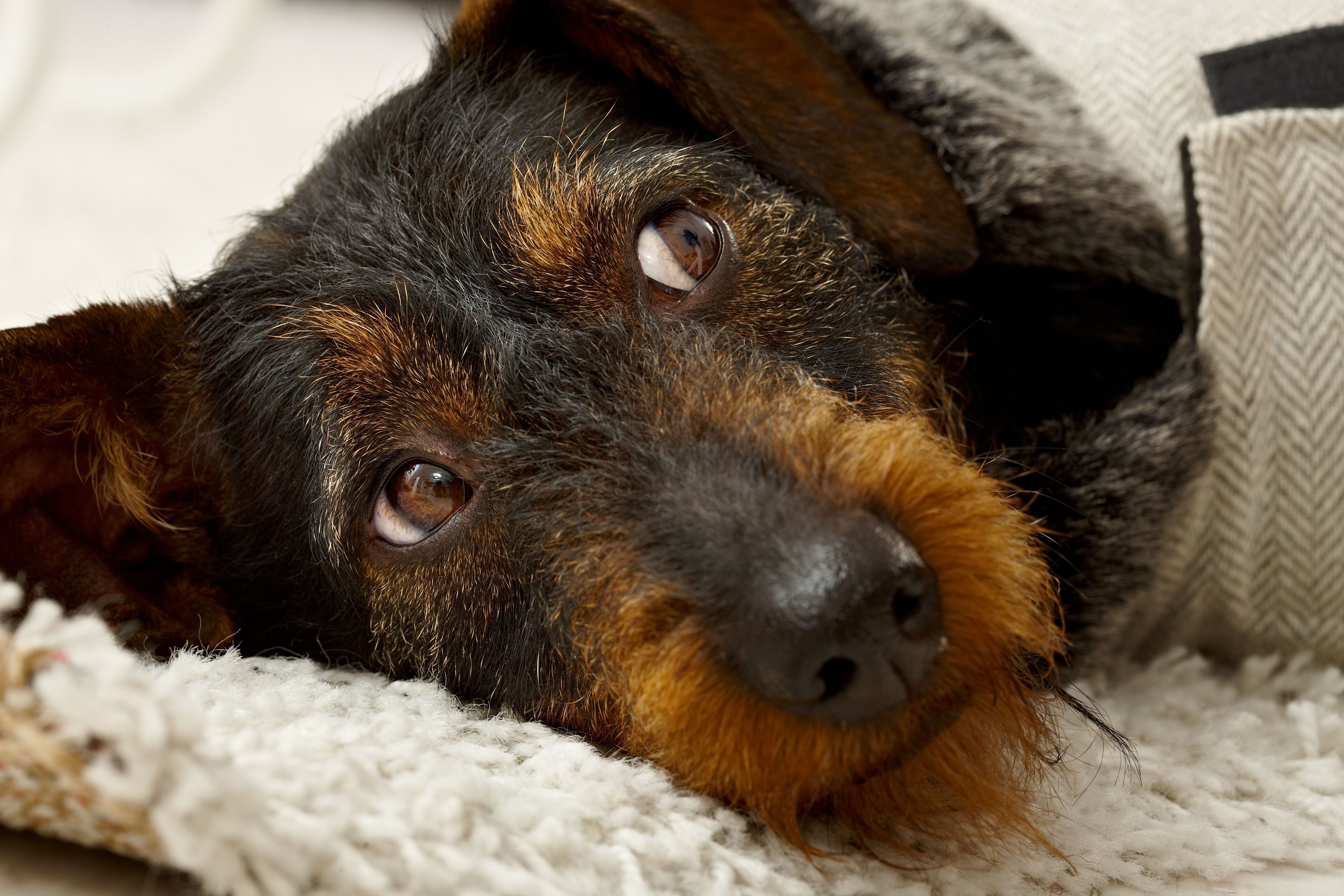
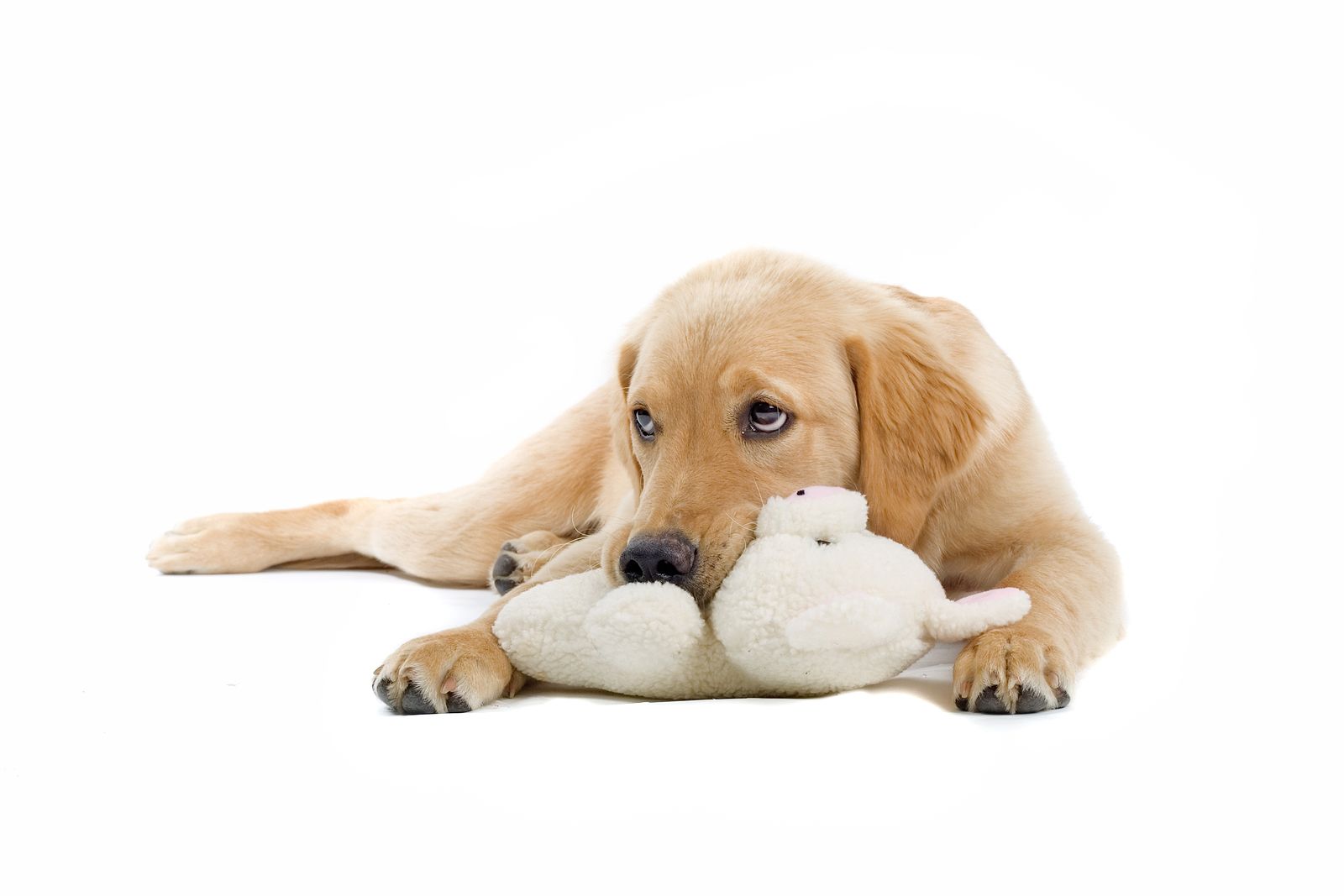
4. Provide safe frustration release outlets
Anyone who has a fear or phobia of anything will know that they have certain little habits that they do to help them calm down and get on top of their emotions. For people that might mean biting fingernails, snapping an elastic band on their wrist, practising deep mindful breathing techniques, bouncing their leg, and so on. The pent up anxiety and frustration has to go somewhere so rather than go into chewing the corner of the furniture, give your dog something to take it out on. Cardboard boxes are a great thing to shred if you need to let go of some frustration. Just as good are soft toys that have parts that are meant to be rippable. Just make sure that your dog is not one to swallow things they pull apart or that the things they can chew are big enough to not get accidentally swallowed if they get a further fright and so have a quick, large intake of breath.
